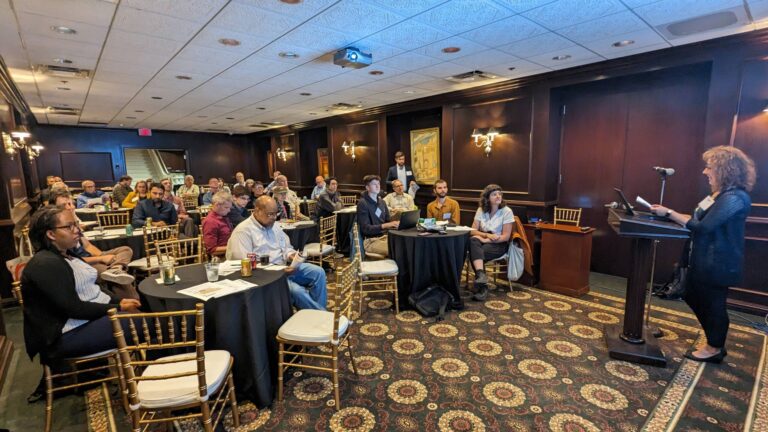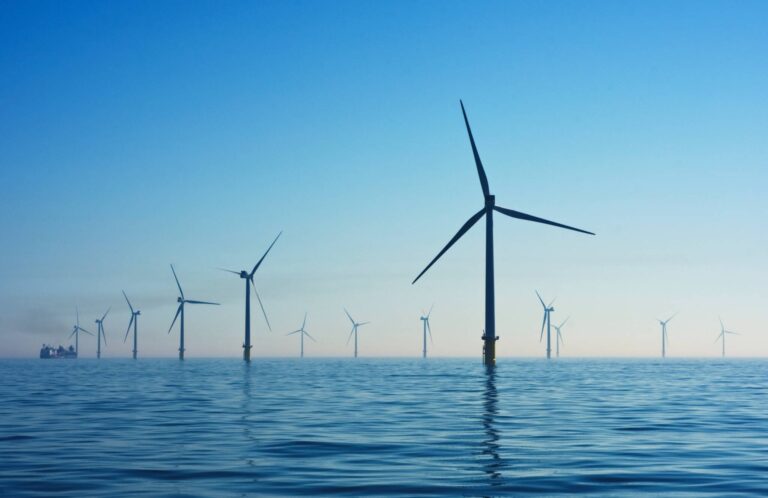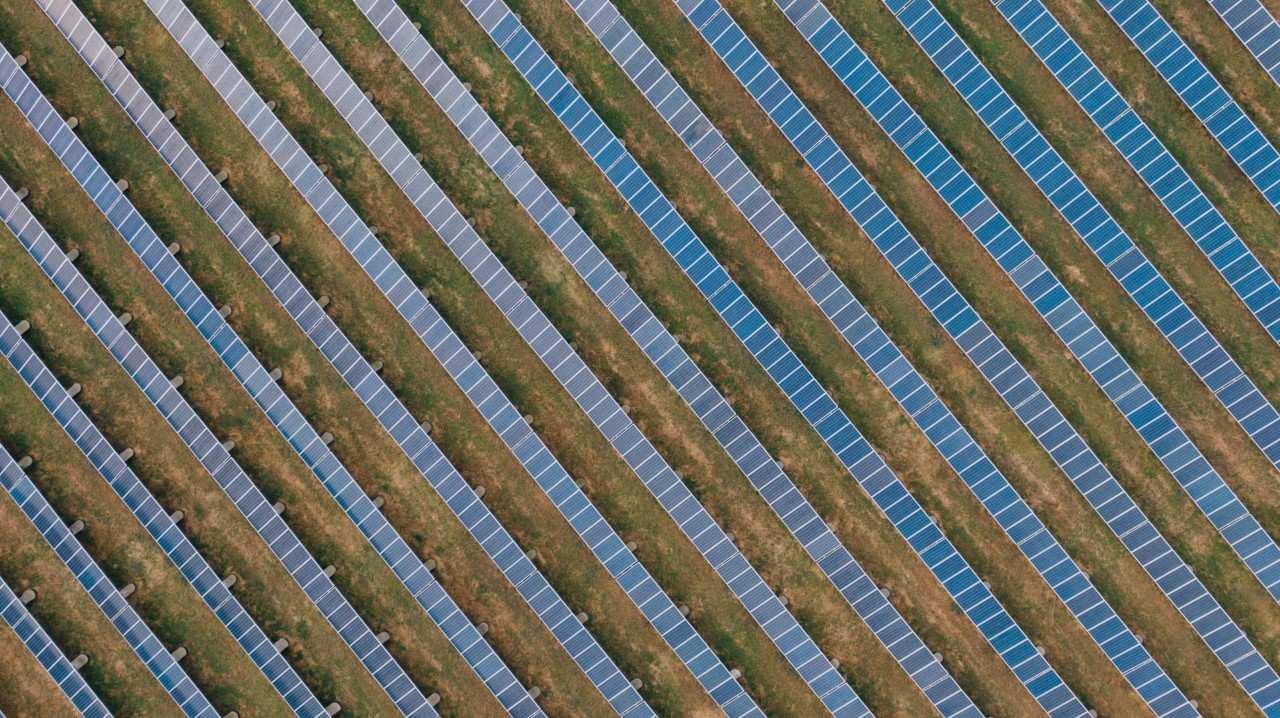By Ron Fisher 3/14/2019
The Energy Co-op offers only 99% wind and 1% solar electricity to support the growth of renewable, carbon-free electricity both in Pennsylvania and nationwide. So, at The Energy Co-op, we keep a close eye on developments across the electric power sector as these may have cost or other implications for our members in the future. And lately, as society shifts towards cleaner resources in the on-going energy evolution, nuclear power has found renewed interest among some supporters of carbon-free energy.
In Pennsylvania, we have a long and occasionally troubled history when it comes to nuclear energy. The first grid-connected nuclear power plant in the United States was the Shippingport Atomic Power Station, about 25 miles from Pittsburgh on the Ohio River. And the most well-known nuclear accident in U.S. history also occurred in Pennsylvania – Three Mile Island is located just south of Harrisburg.
But today, nuclear power plants generate 42% of Pennsylvania’s net electricity. There are currently five operating nuclear plants with nine reactors here, even if few new nuclear power plants have come online in the United States since the 1980s due to a combination of expense and public concerns over safety and waste fuel storage. However, the economics of electricity generation are shifting. Low-cost natural gas has driven down wholesale electricity costs to the point that owners of nuclear plants now claim they cannot operate them profitably. And because it isn’t possible to start and stop nuclear plants quickly, these owners are considering permanently closing certain units in response, including Three Mile Island.
Meanwhile, even though opinion on nuclear power in the United States has generally been split, environmentalists have long taken a skeptical view. However, unlike that produced by natural gas, nuclear-generated electricity is carbon-free. As noted in The Nuclear Power Dilemma, a report by the Union of Concerned Scientists, regulators, generators and utilities now face a quandary: while nuclear power may be somewhat unpopular and uncompetitive, it is also viewed by some as an important source of carbon-free power. And determining how to account for the carbon-free nature of nuclear power in a way that doesn’t de-prioritize the development of renewable energy resources poses a challenge.
But certain Pennsylvania lawmakers have introduced legislation this month that would include nuclear power in the state’s alternative energy portfolio standard, placing it on equal or better footing with state incentives intended to benefit the development of renewable energy resources. Faced with such a proposal, advocates of wind and solar power, including members of The Energy Co-op, will want to reach out to their Pennsylvania legislators to voice their views regarding any nuclear industry subsidy that comes at the expense of other carbon-free and waste-free renewable resources.
We at The Energy Co-op will continue to monitor the progress of this and other related proposals as the Pennsylvania legislature’s 2019 session progresses. One way or the other, we expect this issue to stay in the news over the coming months as it is far from certain what solution, if any, state policymakers will consider or seek to implement. But, while preservation of the state’s nuclear fleet may be an important way to meet carbon reduction goals, it is critical that any policy solution not come at the expense of renewable resources like wind and solar power, key components of the country’s sustainable energy evolution.





